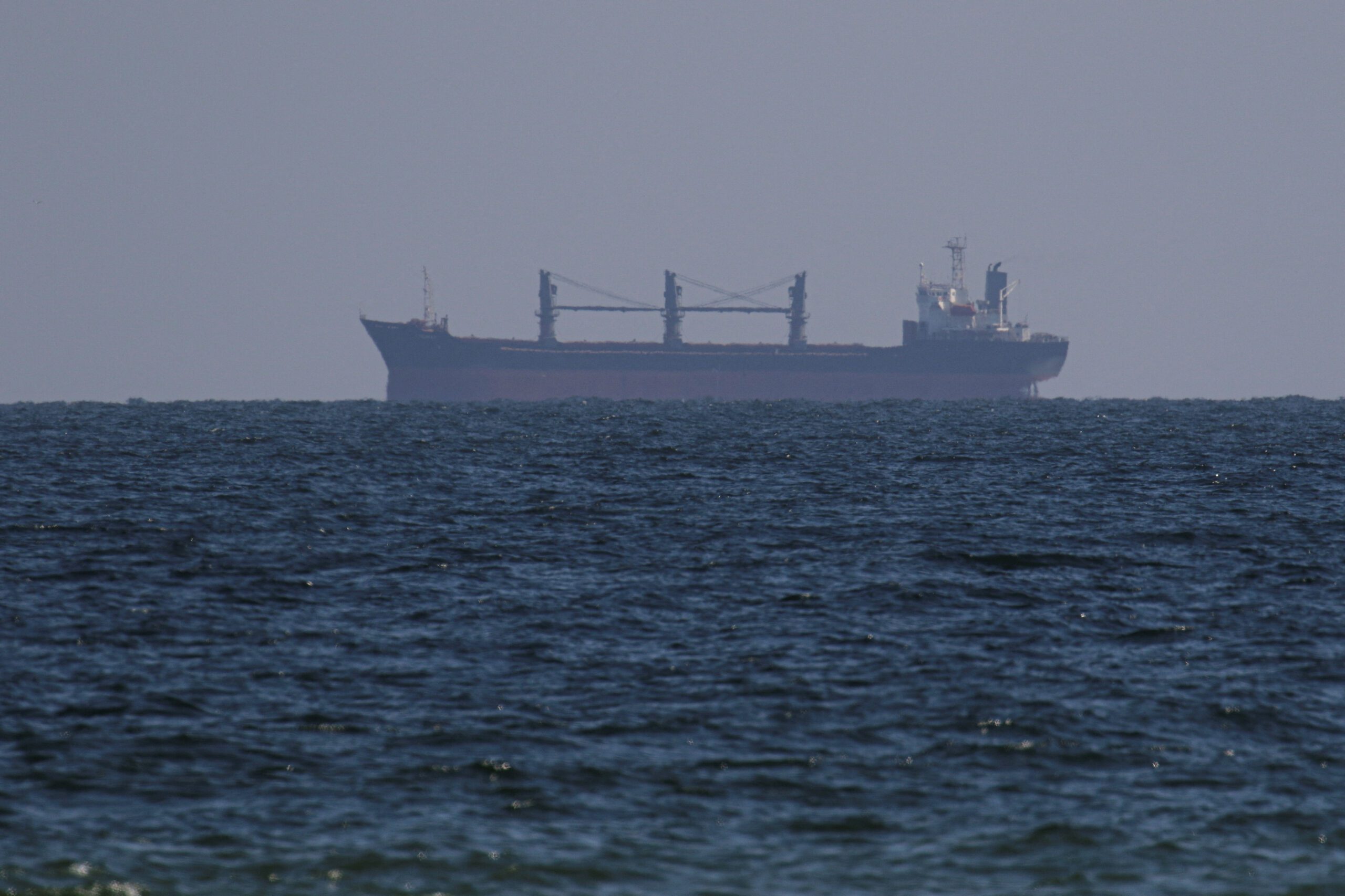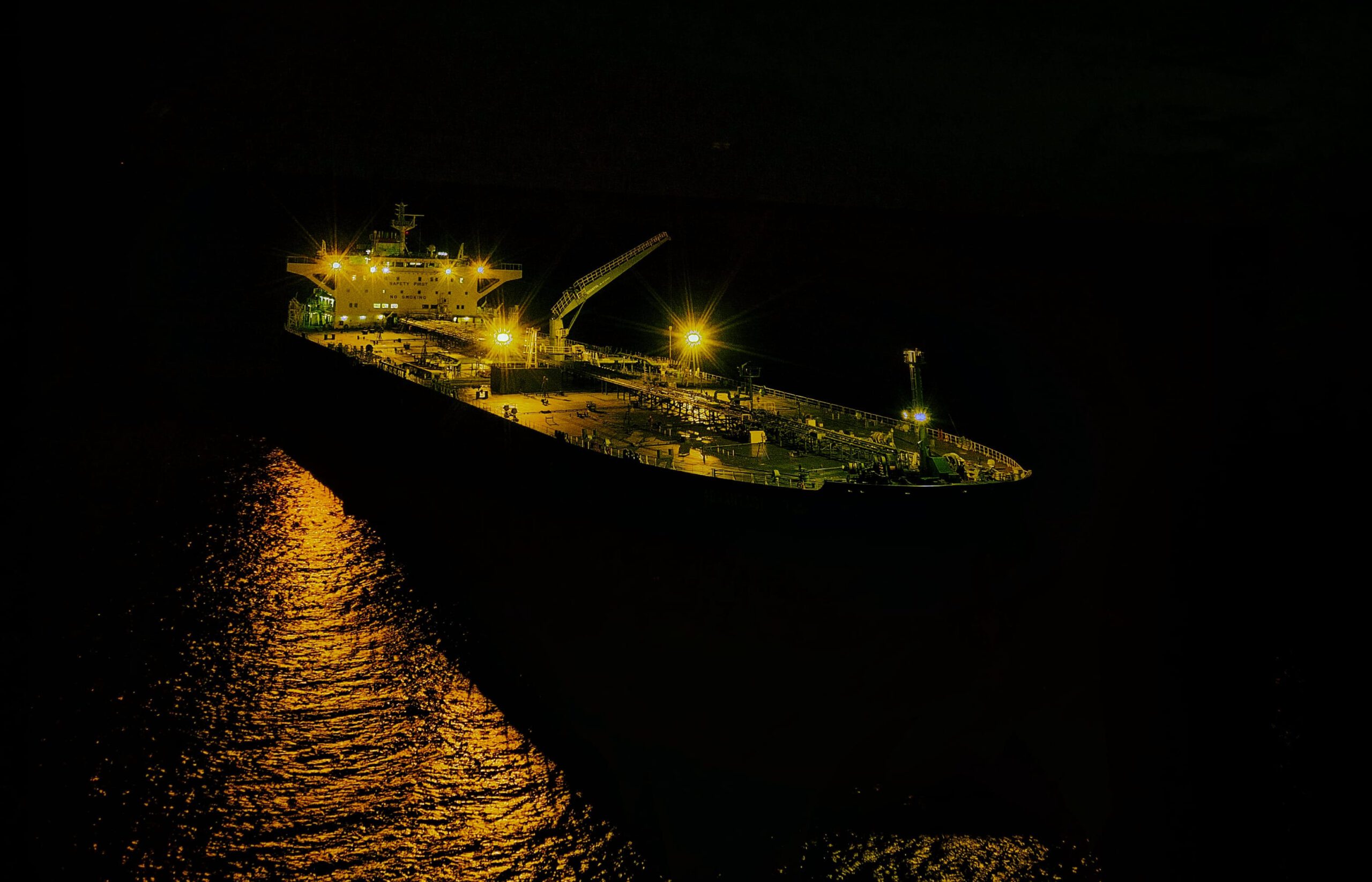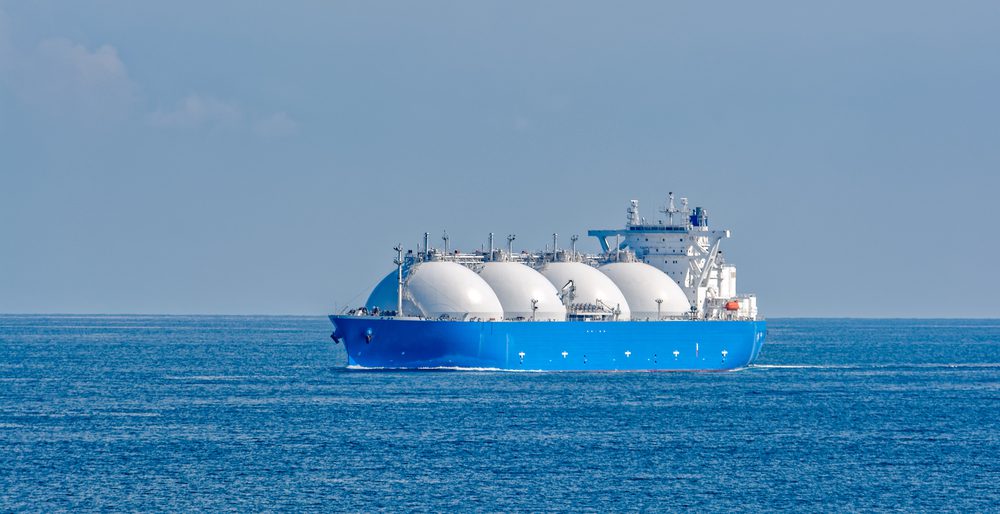By Áine Quinn and Kateryna Chursina (Bloomberg) —
A steady stream of ships is hauling grain and metals from Ukraine a month after the first inbound vessel sailed through its new shipping corridor in the Black Sea in defiance of Russian threats.
More than 30 vessels have called at ports in the Greater Odesa area since the corridor took effect in mid-September, ship-tracking data compiled by Bloomberg show. Their cargoes include some 1 million tons of grain, Dmytro Solomchuk, a lawmaker on the Ukrainian parliament’s agriculture committee, said this week.
That indicates that Kyiv’s risky bet is more than just symbolic and it is reclaiming some control of trade from its Black Sea ports.
Ukraine set up its temporary route from ports in Greater Odesa after Russia exited a safe corridor deal backed by the United Nations and Turkey in July. Initially, shipowners were wary of operating there as Russia threatened to treat any ships sailing to Ukraine as potentially carrying weapons.
Still, while the number of ships is growing, the inherent risks remain unchanged.
“It’s still dangerous and very risky,” said Ukragroconsult Director General Sergey Feofilov. “This new alternative corridor will add to Ukraine’s exports, but how important it will be, let’s see.”
On Wednesday, President Vladimir Putin said during a visit to China that Russian planes equipped with Kinzhal missiles would patrol the neutral zone over the Black Sea without specifying their purpose.
Ukrainian farmers are in the midst of harvests, and crops — even amid the war — have been bigger than expected, making it a vital time for exports. Solomchuk said the country will face a grain storage crunch within a few weeks if shipments don’t pick up.
The 32 ships that called at Ukraine’s ports in the month since Sept. 16 had a combined capacity of around 1.4 million tons, according to Bloomberg calculations using Marine Traffic data. That would be similar to the volume shipped via the UN- and Turkey-backed corridor in the first month that it operated, but it’s still just a third of the volumes that went through that route when it was working most effectively.
Ships are now careful to sail closer to the coast of NATO members Bulgaria and Romania to reduce risks. Some vessels using the new route have turned off their location signals as they reach Black Sea ports, ship-tracking data shows.
At least nine of the vessels calling at Ukraine’s Black Sea ports were Panamax vessels, data showed, among the biggest ships that transport grain globally, showing that some ship owners are willing to risk sending bigger and more valuable vessels to Ukraine despite the potential danger.
Aside from crops, ships have also carried commodities like iron. The original UN corridor only allowed for the shipment of grain, foodstuffs and fertilizer.
© 2023 Bloomberg L.P.

 Join The Club
Join The Club











